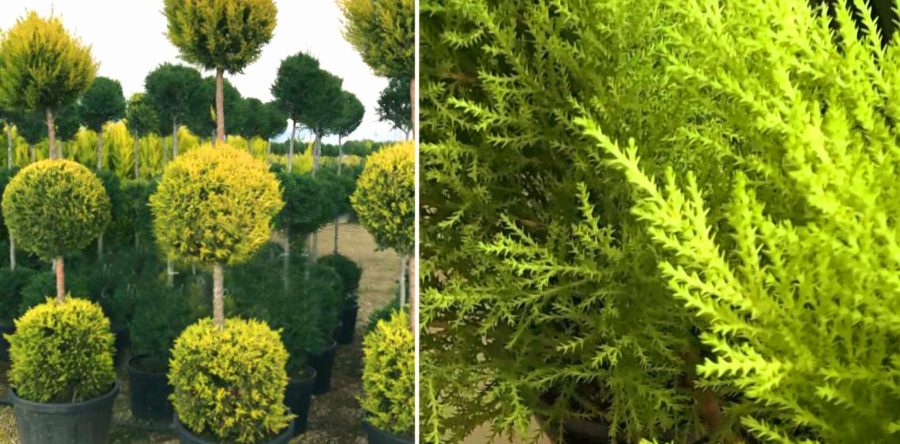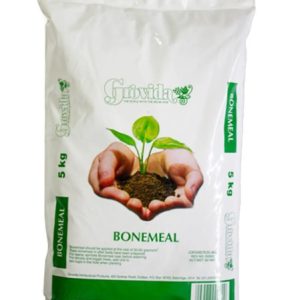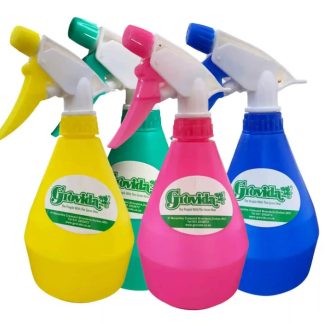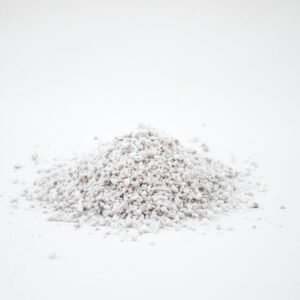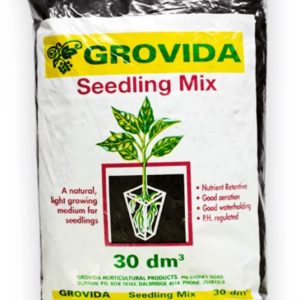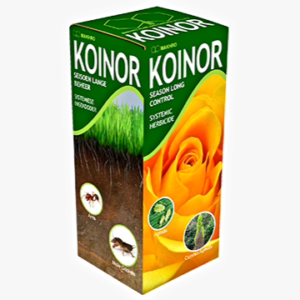Conifers play a vital role in many gardens, offering year-round evergreen splendour, structure, and a variety of shapes and colours. Among the numerous conifer species, Goldcrest and Leylandii are particularly notable for their distinctive lime-green hues, unique characteristics, and versatility. This guide aims to provide a thorough examination of these two conifer types, highlighting their applications, advantages, care requirements, and their potential as captivating potted centrepieces and focal points in your garden.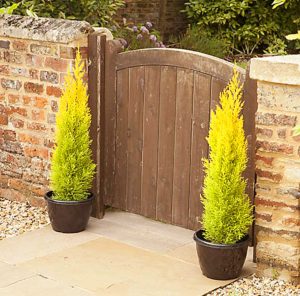
Goldcrest Conifers
Overview and Characteristics
Goldcrest conifers, specifically Cupressus macrocarpa 'Goldcrest', are celebrated for their striking golden-yellow foliage, which adds a vibrant touch to gardens throughout the year. These compact trees typically attain heights between 1.5 and 3 metres, making them ideal for smaller spaces and container gardening. Their conical shape, complemented by soft, feathery foliage, contributes a delicate aesthetic to various landscapes, appealing to both traditional and modern garden designs. In addition to their visual allure, Goldcrest conifers are known for their adaptability to different soil types, provided the soil is well-drained.
Applications and Advantages:
Goldcrest conifers are incredibly versatile and can be utilised in various ways:
Potted Centrepieces: Their manageable size and attractive foliage make them excellent choices for centrepieces on patios or balconies, infusing elegance into outdoor settings. Their vibrant colour stands out beautifully when paired with complementary plants.
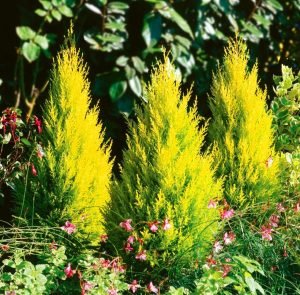 Focal Points: When strategically planted in borders or garden beds, Goldcrest conifers can serve as captivating focal points, drawing the eye with their vivid colour. They enhance garden designs by creating visual interest and contrast with surrounding flora.
Focal Points: When strategically planted in borders or garden beds, Goldcrest conifers can serve as captivating focal points, drawing the eye with their vivid colour. They enhance garden designs by creating visual interest and contrast with surrounding flora.
Informal Hedges and Screens: Although not as dense as some other conifers, Goldcrest can be used to create informal hedges, providing a gentle backdrop to neighbouring plants. Their lighter presence contributes to a more open feel in the garden, making them suitable for relaxed garden styles.
Care and Maintenance:
Maintaining Goldcrest conifers involves several key practices:
Watering: These conifers prefer well-drained soil. Regular watering during dry spells is essential, ensuring the soil remains moist but not soggy. Monitoring moisture levels, especially during warmer months, will facilitate optimal growth.
Fertilisation: To promote healthy growth, apply a balanced fertiliser e.g. Basacote, in spring. Organic options, such as compost, can also enrich the soil and provide essential nutrients throughout the growing season.
Pruning: Minimal pruning is required; however, light trimming in spring can help maintain shape and encourage bushier growth. Routine maintenance will ensure the plants remain healthy and vibrant.
Leylandii Conifers
Overview and Characteristics
Leylandii (Cupressocyparis leylandii) are famed for their rapid growth and adaptability. These robust conifers can reach impressive heights of up to 20 metres or more if left unpruned, making them a popular choice for establishing privacy screens, lining driveways, and creating hedgerows. Their dense, lush green foliage offers excellent protection and privacy throughout the year. The quick growth rate of Leylandii is particularly attractive to gardeners seeking immediate results.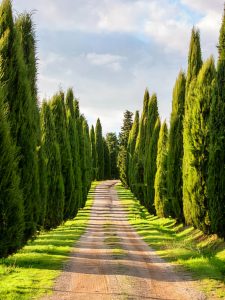
Applications and Advantages:
Leylandii conifers are commonly used for:
Privacy Hedges: Their fast growth and thick foliage make them ideal for creating quick barriers for privacy in gardens. They are especially suitable for homeowners wanting a natural solution to block noise and visibility from adjacent properties.
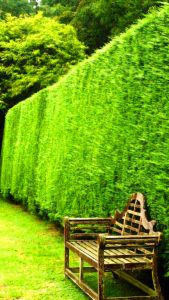 Windbreaks: Planting Leylandii in rows can effectively shield other plants in the garden from harsh winds. Their impressive height and density create a natural barrier that protects more delicate plants from adverse weather conditions.
Windbreaks: Planting Leylandii in rows can effectively shield other plants in the garden from harsh winds. Their impressive height and density create a natural barrier that protects more delicate plants from adverse weather conditions.
To successfully plant Leylandii conifers as hedges, follow these steps to encourage healthy growth and create a robust barrier:
Optimal Planting Time: The best time to plant Leylandii is in spring, coinciding with their active growing season.
Location Selection: Choose a well-drained area that receives full sun to partial shade. While Leylandii can tolerate a variety of soils, they thrive in fertile, moist conditions.
Soil Preparation: Clear the planting area of weeds, grass, and debris. If the soil quality is poor, consider enriching it with organic matter like compost.
Spacing: Space Leylandii plants approximately 60 to 90 cm apart, depending on the desired thickness of the hedge. Closer spacing will result in a denser hedge more quickly.
Planting Depth: Dig a hole that is about twice the width and the same depth as the roots of the plant. Ensure that the top of the root is level with the surrounding soil.
Planting Process: Place the plant in the hole, backfill with soil, and firm it gently to eliminate air pockets. Water thoroughly after planting.
Mulching: Apply a layer of mulch around the base of the plants to retain moisture, suppress weeds, and regulate soil temperature.
Landscaping Features: Leylandii can also be shaped into topiary forms and various designs, adding unique visual interest to garden layouts. This versatility allows gardeners to express their creativity, whether through formal designs or more whimsical arrangements.
Care and Maintenance:
To ensure the healthy growth of Leylandii, consider the following care practices:
Watering: Young plants require regular watering to establish their roots. Once established, they are relatively drought-tolerant but will benefit from additional watering during prolonged dry spells. Monitoring hydration levels will promote vigorous growth and prevent stress.
Fertilisation: An annual application of a general-purpose fertiliser in spring will help maintain lush foliage. Providing nutrients at the right time encourages healthy growth and vibrant colour.
Pruning: As Leylandii can grow significantly tall and wide, regular trimming is crucial to keep them manageable. Prune twice a year to maintain the desired height and shape, ideally in late spring and late summer. This practice not only controls their size but also promotes bushier growth and enhances their visual appeal.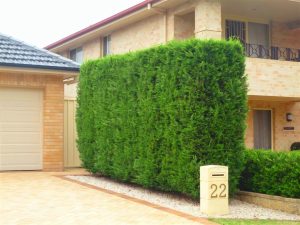
Potted Centrepieces and Focal Points
Both Goldcrest and Leylandii conifers can be creatively employed as potted centrepieces or focal points in garden designs.
Potted Goldcrest: Their compact size and vibrant colour make Goldcrest conifers perfect for patio pots. They can be paired with seasonal flowering plants or ornamental grasses for a dynamic display, creating a lively and inviting atmosphere on balconies or terraces.
Potted Leylandii: While typically used in larger settings, younger Leylandii can also thrive in large pots. They can serve as statement pieces, particularly when positioned near entrances or along pathways. Their impressive stature can frame doorways and guide visitors through the garden.
Conclusion
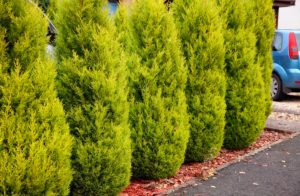 Goldcrest and Leylandii conifers each contribute their unique charm and functional benefits to gardens. Goldcrest infuses a touch of colour and elegance, while Leylandii offers robust structure and privacy. With proper care, both types can flourish and enhance your outdoor space, whether as potted centrepieces, focal points, or integral elements of a broader landscape design. Their adaptability and aesthetic allure make them invaluable additions to any garden, allowing for creative expression in both design and functionality. Embrace the beauty of these conifers and relish their enduring presence in your garden, cultivating a space that is both inviting and visually stunning.
Goldcrest and Leylandii conifers each contribute their unique charm and functional benefits to gardens. Goldcrest infuses a touch of colour and elegance, while Leylandii offers robust structure and privacy. With proper care, both types can flourish and enhance your outdoor space, whether as potted centrepieces, focal points, or integral elements of a broader landscape design. Their adaptability and aesthetic allure make them invaluable additions to any garden, allowing for creative expression in both design and functionality. Embrace the beauty of these conifers and relish their enduring presence in your garden, cultivating a space that is both inviting and visually stunning.
